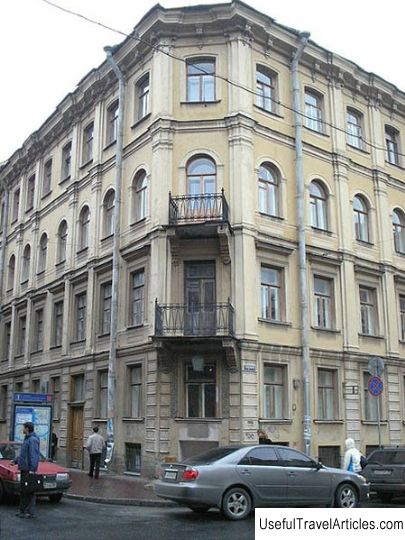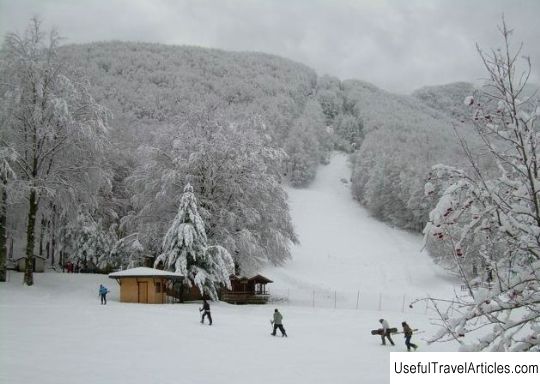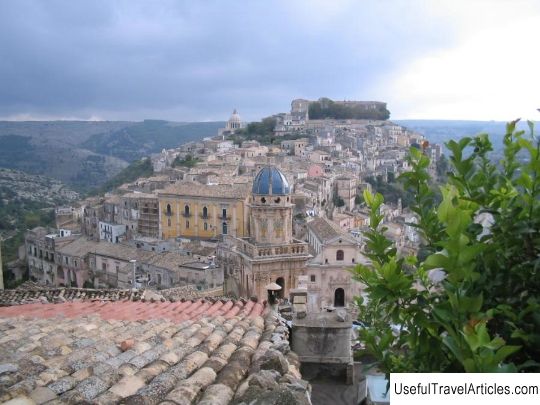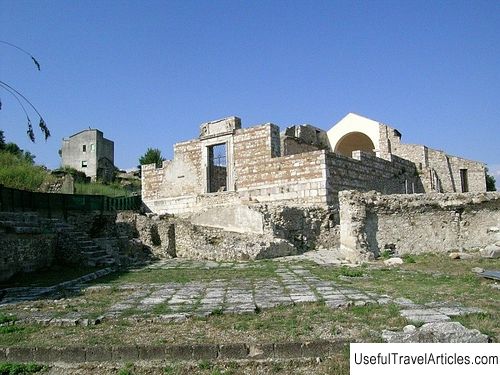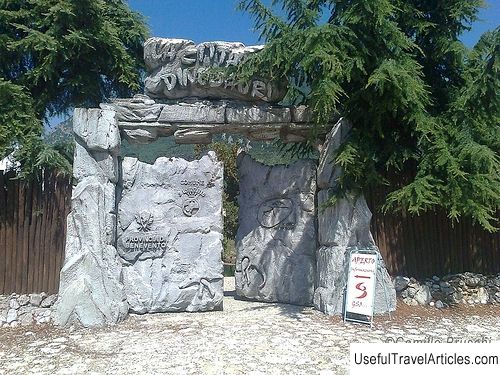Ariano Irpino description and photos - Italy: Campania
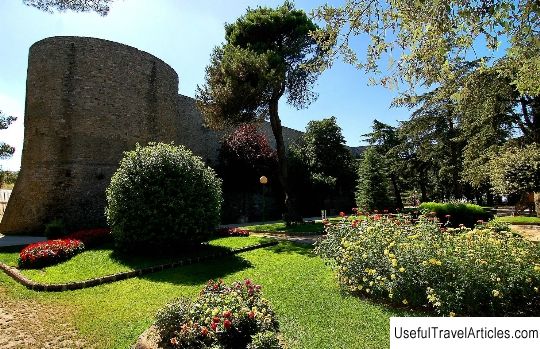
Ariano Irpino description and photos - Italy: Campaign. Detailed information about the attraction. Description, photographs and a map showing the nearest significant objects. Title in English - Ariano Irpino. Photo and descriptionAriano Irpino is a town in the province of Avellino in the Italian region of Campania, located 40 km east of Foggia. It lies at an altitude of 817 meters above sea level exactly in the middle between the Adriatic and Tyrrhenian seas. Known in the past as Ariano, the city was founded on three hills, and therefore it was also called Citta del Tricolle - the City of Three Hills. From 1896 to 1930, when Ariano became part of the Campania, it was called Ariano di Puglia. And Irpino is the name of the area of the Apennine Mountains that stretch around Avellino. This word comes from the Oskian "irpus" - wolf. Ariano lies in the center of a fertile region, but, unfortunately, is poor in cultural and architectural monuments, as it was repeatedly destroyed by earthquakes. In general, the first people appeared here during the Neolithic period (about 7 thousand years ago), and in the 10th century a brave Samnite tribe of Irpin - wolf warriors founded the settlement of Aekuum Tuticum at the intersection of important roads. Its favorable geographical location made it a subject of strife and controversy, and over time the city became a Roman colony. The decline of the colony began during the first barbarian invasions, when the population was forced to flee and take refuge on three hills that could be easily defended. It was here that Ariano was founded - a fortified settlement, the ancient defensive walls of which can be seen today. Around the 11th century, a castle was built to protect the city from the Byzantines, the ruins of which stand proudly in the city park of Villa Comunale. In the 13th century, Ariano was besieged by Manfred Hohenstaufen. Residents bravely defended themselves, but fell victims of deception: disguised warriors of Manfred, disguised as friends, entered the city and completely destroyed it, killing all the inhabitants. In Ariano, a road has been preserved, which in memory of this tragic event is called La Carnale - Massacre. In 1266, by order of King Charles I of Anjou, the city was rebuilt and received two thorns from Christ's crown of thorns for safekeeping, which are still exhibited in the Romanesque Cathedral. Every year in Ariano there is a historical reconstruction of this event - Dono delle Sante Spine, as well as a pyrotechnic show, during which the main square of the city and the cathedral are brightly lit. Ariano is world renowned for its majolica, a type of pottery that has been produced here since the 13th century. Real works of art from majolica began to be made in the 18th century - they were amphorae and jugs, simple in shape, but very elegantly decorated. Today in Ariano Irpino flasks, mugs, busts, dishes, afmores, various figurines are made. Local attractions include the aforementioned Villa Comunale park with the ruins of a Norman castle - it was laid out in 1876 in the highest part of the city overlooking the Apennine mountains. The park is spread over an area of 35 thousand square meters. - stone oaks, pines, plane trees, lemons, Lebanese cedars grow here. You should definitely stop at the Parzanese monument and the garden pavilion. There is also an amusement park and a tennis court on the territory of Villa Komunale. Another tourist attraction in Ariano is the Museum of Giuseppina Arcucci, located in the building of a former Benedictine monastery of the 16th century. The museum displays documents related to the history of the local Benedictine order, antique furniture, religious items, reconstruction of the room in which Mother Superior Giuseppina Arcucci slept, and other items. Finally, it is worth visiting the Municipal Museum of Ariano Irpino with a collection of ceramics from the 17th-18th centuries, terracotta items from the 6th-5th centuries BC. and a collection of works of modern art from the city archive of 1865-1955. the Municipal Museum of Ariano Irpino is worth a visit with a collection of ceramics from the 17th-18th centuries, terracotta items from the 6th-5th centuries BC. and a collection of works of contemporary art from the city archive of 1865-1955. the Municipal Museum of Ariano Irpino is worth a visit with a collection of ceramics from the 17th-18th centuries, terracotta items from the 6th-5th centuries BC. and a collection of works of contemporary art from the city archive of 1865-1955.        We also recommend reading Araisu lake castle (Araisu ezerpils) description and photos - Latvia: Cesis Topic: Ariano Irpino description and photos - Italy: Campania. |
